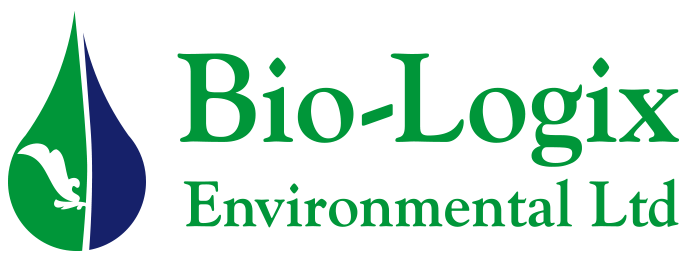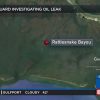How you clean up an oil spill will depend on many factors because of the variation in oil types, locations, and weather conditions involved. There are four main methods of oil spill cleanup.
These remedies are mainly in reference to marine oil spill clean up.
(1) Use dispersants to break up the oil and speed its natural biodegradation. Dispersants act by reducing the surface tension that stops oil and water from mixing. Small droplets of oil are then formed, which helps promote rapid dilution of the oil by water movements. The formation of droplets also increases the oil surface area, thus increasing the exposure to natural evaporation and bacterial action.
(2) Introduce biological agents to the spill to hasten biodegradation. Most of the components of oil washed up along a shoreline can be broken down by bacteria and other microorganisms into harmless substances such as fatty acids and carbon dioxide. This action is called biodegradation.
(3) Contain the spill with booms and collect it from the water surface using skimmer equipment. Spilt oil floats on water and initially forms a slick that is a few millimeters thick. There are various types of booms that can be used either to surround and isolate a slick, or to block the passage of a slick to vulnerable areas such as the intake of a desalination plant or fish-farm pens or other sensitive locations.
(4) Leave the oil alone so that it breaks down by natural means. If there is no possibility of the oil polluting coastal regions or marine industries, the best method is to leave it to disperse by natural means.
Click here to find out more about our oil spill remediation services.
The contents of this article are thanks to University of Delaware - read the full article at source: University of Delaware






